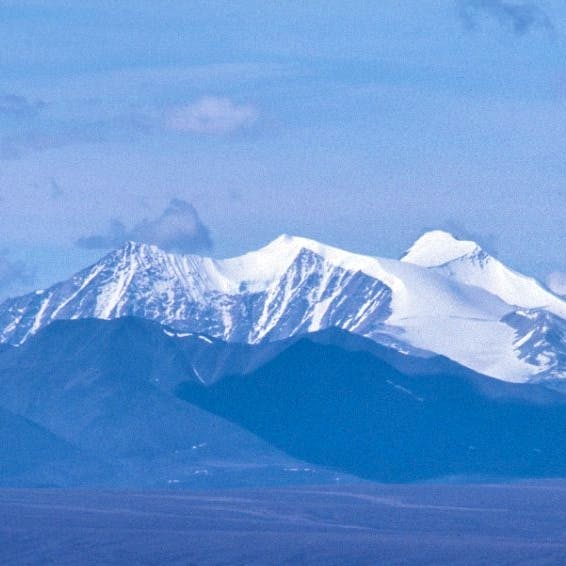The Biden Administration today released a draft amendment to the Bureau of Land Management (BLM) land use plans covering much of the land intended to protect the greater sage-grouse, an imperiled species that has experienced an 80% population decline since 1965 and faces serious challenges from prolonged habitat loss and climate change. The proposed amendment, which updates BLM’s 2015 greater sage-grouse conservation strategy, affects 69 million acres across 10 states, almost half of the greater sage-grouse’s remaining habitat.
“The draft proposal just doesn’t cut it for the sage-grouse,” said Vera Smith, senior federal lands policy analyst with Defenders of Wildlife. “The draft proposal still allows for oil and gas drilling, mining, and other activities—some of the biggest threats to the bird’s habitat. We need a drastic departure from the BLM’s approach of whittling away at the last best places for the sage-grouse.”
The proposal more enshrines the status quo than offering new solutions and approaches that the sage-grouse desperately needs. It fails to provide the necessary protection to areas essential for greater sage-grouse survival including breeding areas called leks. It does not establish a network of Areas of Environmental Concern that was recommended by many conservation organizations including Defenders of Wildlife and that would have provided stronger protection to a network of sage-grouse core and connectivity areas across the sage-grouse’s range.
Greater sage-grouse depend on healthy and extensive sagebrush ecosystems that have been extensively impacted by energy development and transmission, livestock grazing, invasive species, and climate change. In a 2022 study, the United States Geological Survey found that only about 14% of the Sagebrush Sea remains intact and roughly 1.3 million acres of sagebrush habitat is lost every year. Of habitats that BLM identified in the 2015 sage-grouse conservation strategy as priority for conservation, almost half are in substandard condition according to BLM land health evaluations. Three-quarters are experiencing chronic drought and 16% are dominated by invasive species.
The U.S. Fish and Wildlife Service determined the greater sage-grouse needed protection under the Endangered Species Act in 2010, but in 2015 withdrew its proposal following the adoption of the greater sage-grouse conservation strategy and plans, finding them sufficient for the birds’ protection.
The species has also been the political target of anti-wildlife members of Congress since 2014, with the inclusion of a harmful rider in Interior appropriations preventing FWS from considering it for protection under the ESA, regardless of need.
More information on the Sagebrush Sea ecosystem can be found here.
For over 75 years, Defenders of Wildlife has remained dedicated to protecting all native animals and plants in their natural communities. With a nationwide network of nearly 2.1 million members and activists, Defenders of Wildlife is a leading advocate for innovative solutions to safeguard our wildlife for generations to come. To learn more, please visit https://defenders.org/newsroom or follow us on X @Defenders.
Media Contact
News

Defenders Slams Trump Interior Pick Burgum



